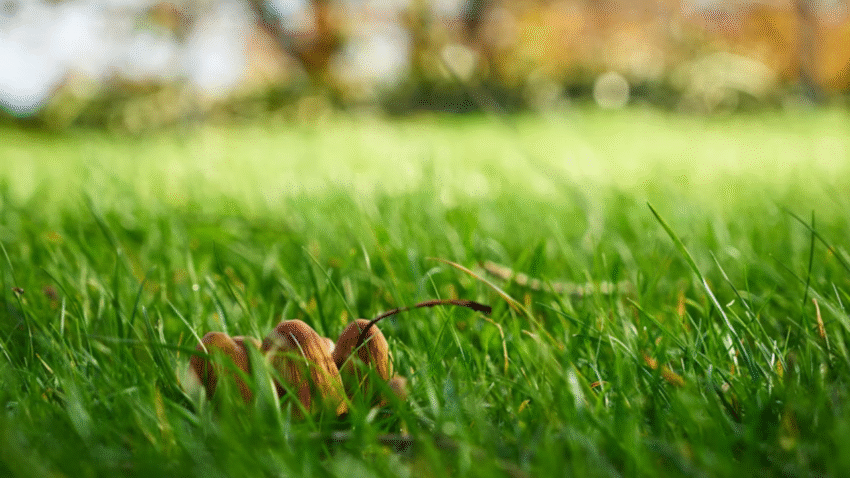Introduction
Want to save money on your water bill and keep your lawn green? Learning how to use rain barrels to water your lawn is one of the easiest, most eco-friendly ways to make the most of nature’s free resource—rain! Collecting rainwater helps conserve drinking water, reduces runoff that can carry pollutants into local waterways, and gives your grass fresh, chemical-free water. In this step-by-step guide, you’ll discover why rain barrels are worth it, how to install and use them properly, common mistakes to avoid, and bonus tips for a greener lawn—naturally.
Why Using Rain Barrels Matters for a Healthy Lawn
Most lawns need about 1–1.5 inches of water per week to thrive. Unfortunately, sprinklers and hoses rely on treated tap water, which costs you money and can stress local water supplies—especially during hot summer months.
Rain barrels capture runoff from your roof during storms and store it for later use on your lawn, garden beds, or flower pots. This reduces your water bill and lowers demand on municipal systems. Plus, rainwater is naturally soft, free of salts and chemicals found in tap water, which can help your grass grow healthier and reduce soil compaction over time.
By learning how to use rain barrels to water your lawn effectively, you’ll save money, protect your local environment, and help your turf thrive—rain or shine.
Step-by-Step Guide to Use Rain Barrels to Water Your Lawn
1. Choose the Right Rain Barrel
You’ll find rain barrels in all shapes, sizes, and materials. Standard barrels hold between 40–80 gallons, but you can install multiple barrels for more capacity.
Look for features like:
- A tight-fitting lid to keep out debris, mosquitoes, and animals.
- A spigot near the bottom for attaching hoses.
- An overflow valve to direct extra water away from your home’s foundation when the barrel is full.
- A filter screen at the top to block leaves and large debris.
2. Pick the Best Location
Place your rain barrel under a downspout where it can collect the most runoff. Choose a spot near your lawn or garden for easy access.
Important: Make sure the ground is level and sturdy. A full barrel can weigh over 400 pounds! Many homeowners set their barrels on concrete blocks or a stand to elevate them—this makes it easier to connect a hose and improves water flow.
3. Install a Diverter or Downspout Connection
Cut your downspout to fit the height of your barrel. Use a diverter kit or flexible downspout elbow to direct rainwater into the barrel.
Always secure connections tightly and check for leaks after the first rain. An overflow hose should direct excess water away from your house to avoid basement leaks or soil erosion.
4. Connect a Hose or Soaker Hose
Most rain barrels come with a spigot that lets you attach a regular garden hose. For watering lawns, consider connecting a soaker hose to deliver water slowly and evenly.
Because rain barrels rely on gravity for water pressure, raising your barrel on a stand helps increase flow. For larger lawns, you may need multiple barrels linked together or supplemental watering during dry spells.
5. Use Rainwater at the Right Time
The best time to water your lawn is early in the morning or late in the evening to minimize evaporation. Lawns typically need about 1 inch of water per week. Use a rain gauge or empty tuna can to track how much rain you’ve already received—your barrel water can supplement dry weeks.
Remember: don’t overwater. Deep, infrequent watering encourages strong roots and reduces disease risk.
6. Keep Your Rain Barrel Clean and Safe
Clean your barrel once or twice a year by emptying it completely and rinsing the inside with a garden hose. Remove any debris from the screen and spigot to prevent clogs.
Check for mosquitoes regularly. Most barrels have fine mesh screens, but you can add mosquito dunks (safe for lawns) if needed.
Common Mistakes to Avoid
Mistake #1: Placing the Barrel on Uneven Ground
Solution: Always level and stabilize the ground before installation. A tilting barrel can tip over when full, causing damage or injury.
Mistake #2: Forgetting an Overflow Plan
Solution: Make sure your overflow hose directs excess water away from your home’s foundation. Poor drainage can lead to basement leaks or soil erosion.
Mistake #3: Using Rainwater on Edible Plants Without a Filter
Solution: Rooftops can contain contaminants like bird droppings or shingle particles. Use unfiltered rainwater on lawns and ornamentals, and install a proper filter if you plan to water vegetables.
Mistake #4: Letting the Barrel Freeze Full in Winter
Solution: In cold climates, empty and disconnect your barrel before freezing temperatures. Ice expansion can crack the barrel and fittings.
Mistake #5: Not Using the Water!
Solution: Don’t let your barrel overflow every time it rains. Use the stored water between storms to get the most benefit—your lawn will thank you.
Extra Lawn Care Tips & Hacks
✅ Install Multiple Barrels: Connect several barrels together to increase storage capacity for large lawns.
✅ Add a Drip Irrigation System: Pair your barrel with a simple drip or soaker system for efficient, targeted watering that minimizes waste.
✅ Don’t Miss Our Related Guide: Check out our step-by-step guide on how to water your lawn efficiently for a greener yard with less waste!
Conclusion
Learning how to use rain barrels to water your lawn is a simple, sustainable way to save money, conserve water, and grow healthier grass. By installing a properly sized barrel, keeping it clean, and using the stored rainwater at the right times, you’ll reduce your dependence on tap water and do your part to protect the environment.
Remember: level your barrel base, connect it securely, plan for overflow, and empty it before winter. Bookmark this guide and use your rain barrel system season after season—your wallet, your lawn, and your community will thank you for it!
